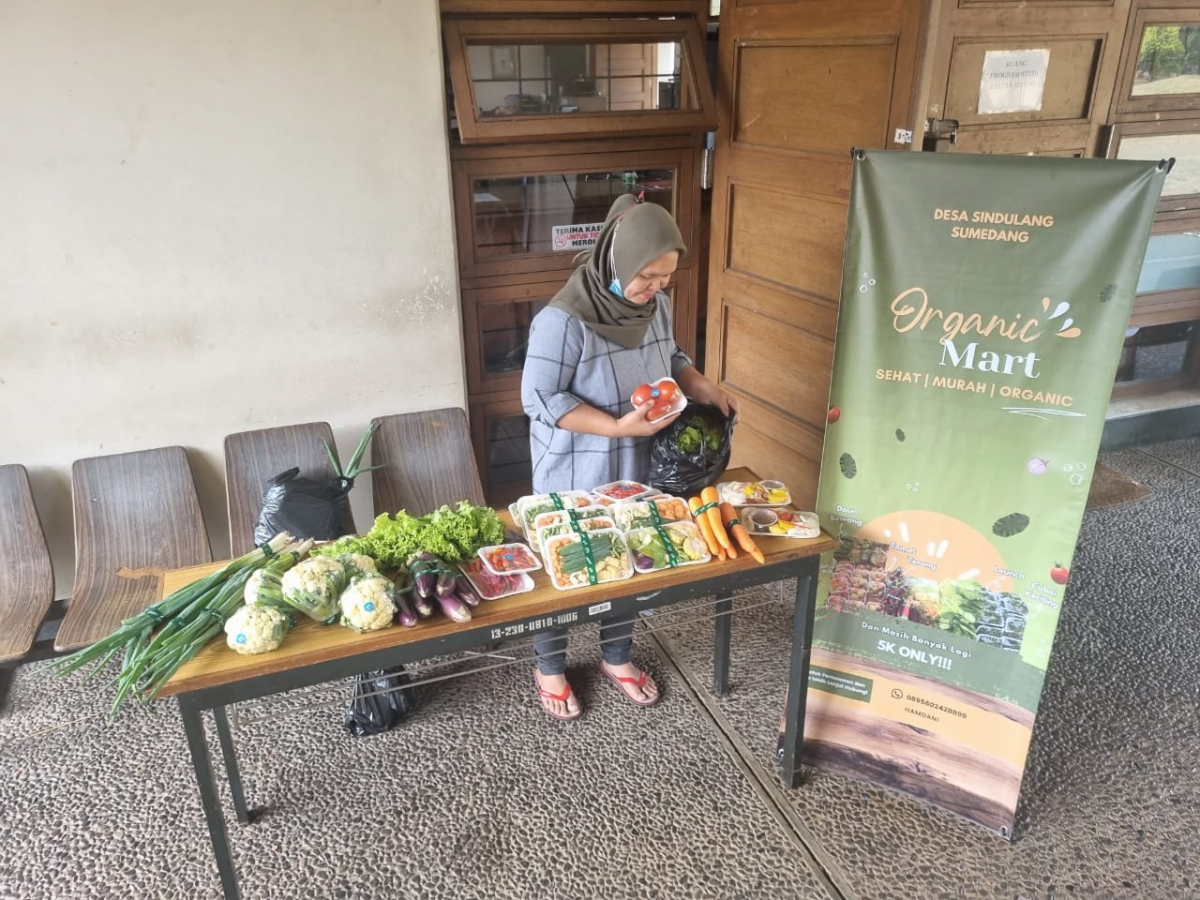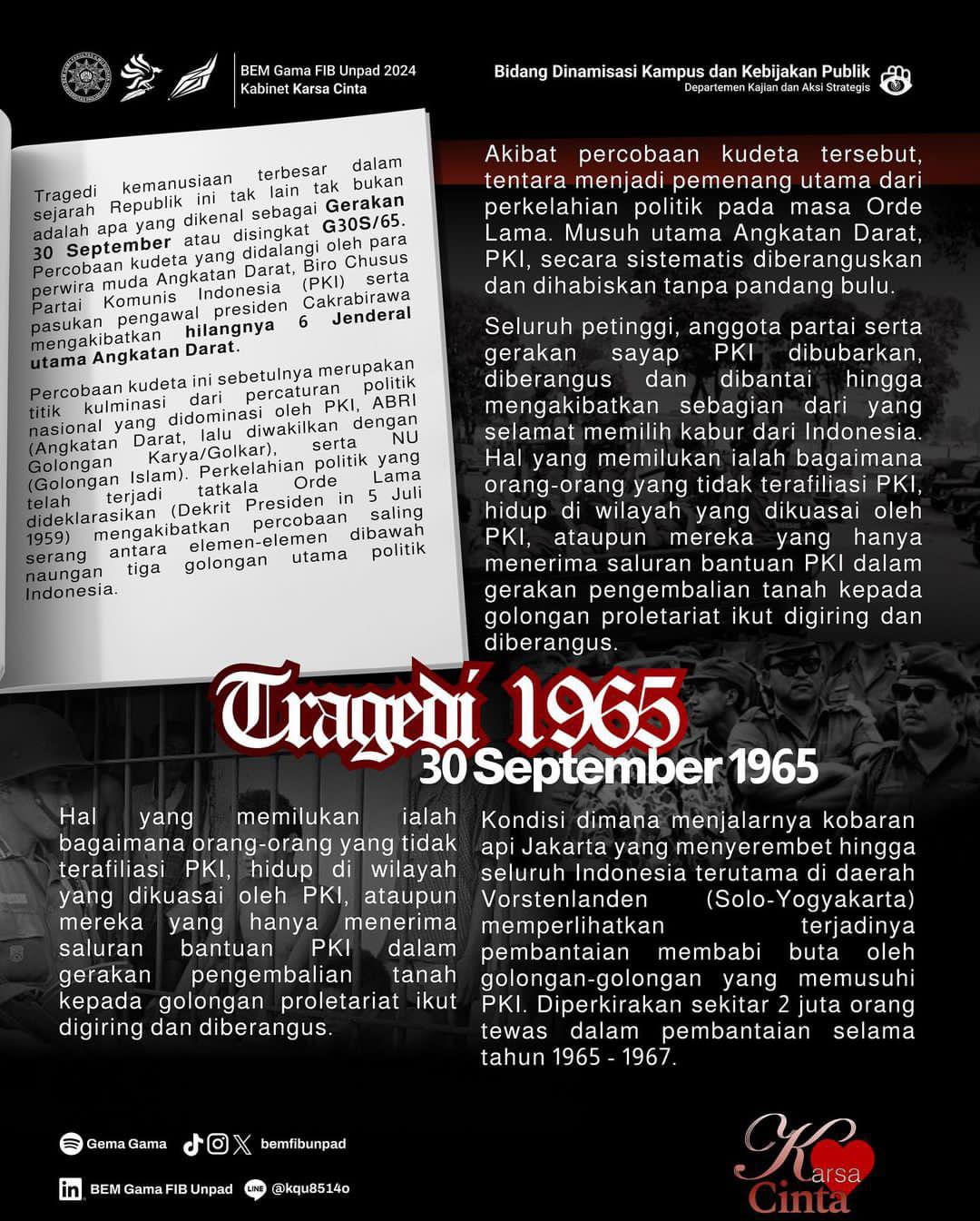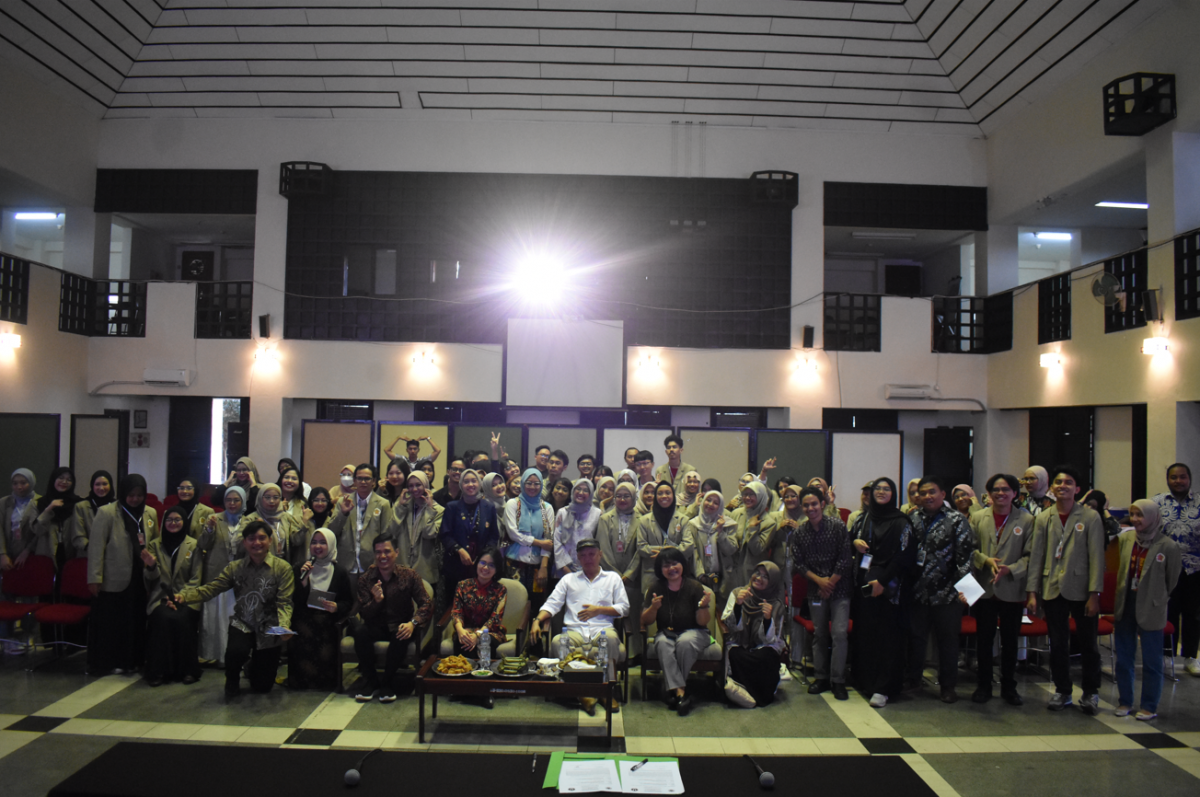Gemasi at Asia-Africa Conference Model: Revitalizing The Bandung Spirit
What is the AACM?
Commemorating the 68th anniversary of the Asian African Conference, the Museum of the Asian-African Conference held the first-ever Asian-African Conference Model (AACM) on May 31st. Organized by the Museum of the Asian-African Conference in collaboration with Universitas Padjadjaran English Studies Program, supported by Gemasi, the conference was attended by more than 120 participants, ranging from students from Universitas Padjadjaran to high schoolers and middle schoolers, in the Greater Bandung area. The AACM is the first conference modeled from the 1955 conference, bringing the Bandung Spirit ideas to tackle present struggle.
What is the Asian-African Conference and How is the AACM Different from Other MUN
The Asian-African Conference is the first intercontinental conference held by colored people. The conference marked a crucial moment for colonized countries to gather together and tackle their problems of establishing their sovereignty and independence. It was held in Gedung Merdeka, Bandung, and sponsored by 5 countries which were Burma, Ceylon (Sri Lanka), India, Indonesia, and Pakistan. Unlike other international conferences at the time, the Asian African Conference has its own unique quirks, namely adapting the Indonesian value of “musyawarah mufakat” and constitutes the participants to reach a consensus when deciding topics instead of using votes.
What did we do throughout the conference?
Throughout the Asian-African Conference Model, Gemasians and other participants were given the chance to relive these monumental events and discuss how the Bandung Spirit could tackle issues in the current era. Modeled from the 1955 Asian African Conference, the conference had three panels to discuss topics such as Politics, Economy, and Cultural. In these panels, all of the participants voiced their concern on the topics and brought their perspectives as advocates for the original 29 countries which attended the Asian-African Conference.
Other notable performances
Gemasians were also given the chance to play out the roles of some of the notable delegates in the past and relive part of the history. Sephia, our Coordinator for Academic and General Developments takes the role of Mr. Ali Sastroamidjojo the prime minister of Indonesia who was at the time appointed as the chairperson of the Asian-African Conference. The conference was also opened by a speech by Gemasi’s chairperson, Hadyan, which was adapted from President Soekarno’s opening speech at the 1955 Asian African Conference, titled “Let a New Asia and a New Africa be Born.” There were also Myrel and Putri who got the chance to take the responsibility of the secretary for the conference.
In the end, the conference was a great success. The result of the conference was hoped to be the groundwork for the soon to be held Asian-African Conference in 2025. It was a wonderful experience for Gemasi to be able to work together with the Museum of the Asian-African Conference, closed with cultural performances. We hope that we could collaborate in the future and be part of the movement of revitalizing the Bandung Spirit.



